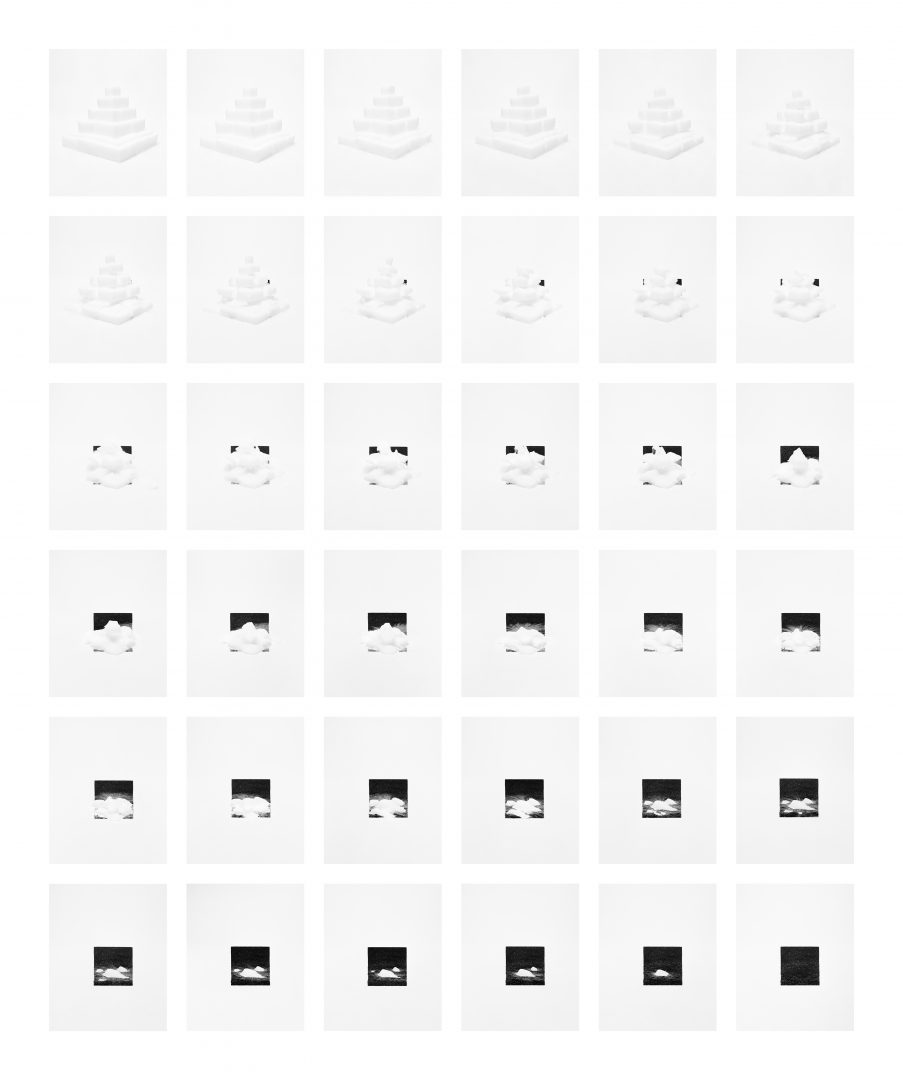The Open Call for the Social Art Award 2019 under the topic “We are the People – Peaceful Revolutions” was closed on December 15, 2019. We are very impressed by 558 submissions that were contributed by artists coming from 65 countries across all continents.
The winners of The Social Art Award 2019 are Narcissa Gold (USA), Melinda Mouzannar (Lebanon) and Bogna Grazyna Jaroslawski (Poland/Germany). The Honorary Mention goes to Kingson Kin Sing Chan (Hong Kong/UK).
Below you find the artworks, that passed the initial jury round. The public voting took place till 30 December and is a tool to give more public visibility to the topic and the artworks. It does not replace the final jury judgment. There were two wildcards for the most voted artworks that entered the final shortlist.
The focus diversity of applications shows that artists are active in the multi-faceted fields of socially engaged art reflecting on wars, genocides, femicides, traumata, violence against refugees, children, women, men, disabled people, LGBTIQs, animals. They share feelings for the planet and its living species, but also showing hopelessness due to complex crises be it climate change (e.g. in regard to water pollution), capitalism, corruption, a violation against human rights, nature, protected national parks. Many of the artists are constantly trying to give a voice to the poorest or empower unheard social groups.
It’s not only about peaceful revolutions, but it’s also about feeling a deep connection and showing love and respect for each other.
Thank you all for sharing your great and inspirational work and look at all the great contributions!
Flux
Stefan Schlumpf
open category
In my piece ‚Flux‘, I focus on the transience of the ecosystem and use my creative process to invite the viewer to think clearly about the fragility of nature and human intervention. I chose a number of ‚familiar‘ materials, the criteria for me being their symbolic, formal and cultural significance. For example, carbon dioxide and the material coal, both substances that are characterised by endless metaphors, on the one hand in the fields of art and politics, and on the other hand in the environment. Over two days, always starting from the exact same location, I recorded the course of time and happenstance with an analogue, medium-format camera. At the beginning you see a pyramidal structure made of white cubes, a symbol that is familiar and used again and again, but not just in art and the artistic space. When they are layers in a pyramid, the individual square blocks seem unimportant, but together they manage to become a familiar shape and thus become a synonym for culture and nature. Structure and form are reminiscent of ancient symbols of state, but in their abstract form remind one of an iceberg – I play with this dualism here. My ‚mountain‘ is made up of carbon dioxide (CO2) and floats partially visible in a white space. The colours are reduced to a minimum, but are nevertheless present and recognisable in a variety of different shades of grey. The initially clear shape of a pyramid gives way over time to its original form, thus following the transformation of forms, structures and colours exposed to an environment that changes things and perhaps even causes their total disappearance. Without additional external intervention, the initial form of the pyramid dissolves and intermediate stages occur – random transformations that eventually find another expression in the abstract form of a ‘Black Square’. The image of an original form remains, an abstraction that metaphorically does not only stand for the perception of climate change. How can art catalyze change?: Make the change visible
In my piece ‚Flux‘, I focus on the transience of the ecosystem and use my creative process to invite the viewer to think clearly about the fragility of nature and human intervention. I chose a number of ‚familiar‘ materials, the criteria for me being their symbolic, formal and cultural significance. For example, carbon dioxide and the material coal, both substances that are characterised by endless metaphors, on the one hand in the fields of art and politics, and on the other hand in the environment. Over two days, always starting from the exact same location, I recorded the course of time and happenstance with an analogue, medium-format camera. At the beginning you see a pyramidal structure made of white cubes, a symbol that is familiar and used again and again, but not just in art and the artistic space. When they are layers in a pyramid, the individual square blocks seem unimportant, but together they manage to become a familiar shape and thus become a synonym for culture and nature. Structure and form are reminiscent of ancient symbols of state, but in their abstract form remind one of an iceberg – I play with this dualism here. My ‚mountain‘ is made up of carbon dioxide (CO2) and floats partially visible in a white space. The colours are reduced to a minimum, but are nevertheless present and recognisable in a variety of different shades of grey. The initially clear shape of a pyramid gives way over time to its original form, thus following the transformation of forms, structures and colours exposed to an environment that changes things and perhaps even causes their total disappearance. Without additional external intervention, the initial form of the pyramid dissolves and intermediate stages occur – random transformations that eventually find another expression in the abstract form of a ‘Black Square’. The image of an original form remains, an abstraction that metaphorically does not only stand for the perception of climate change. How can art catalyze change?: Make the change visible



